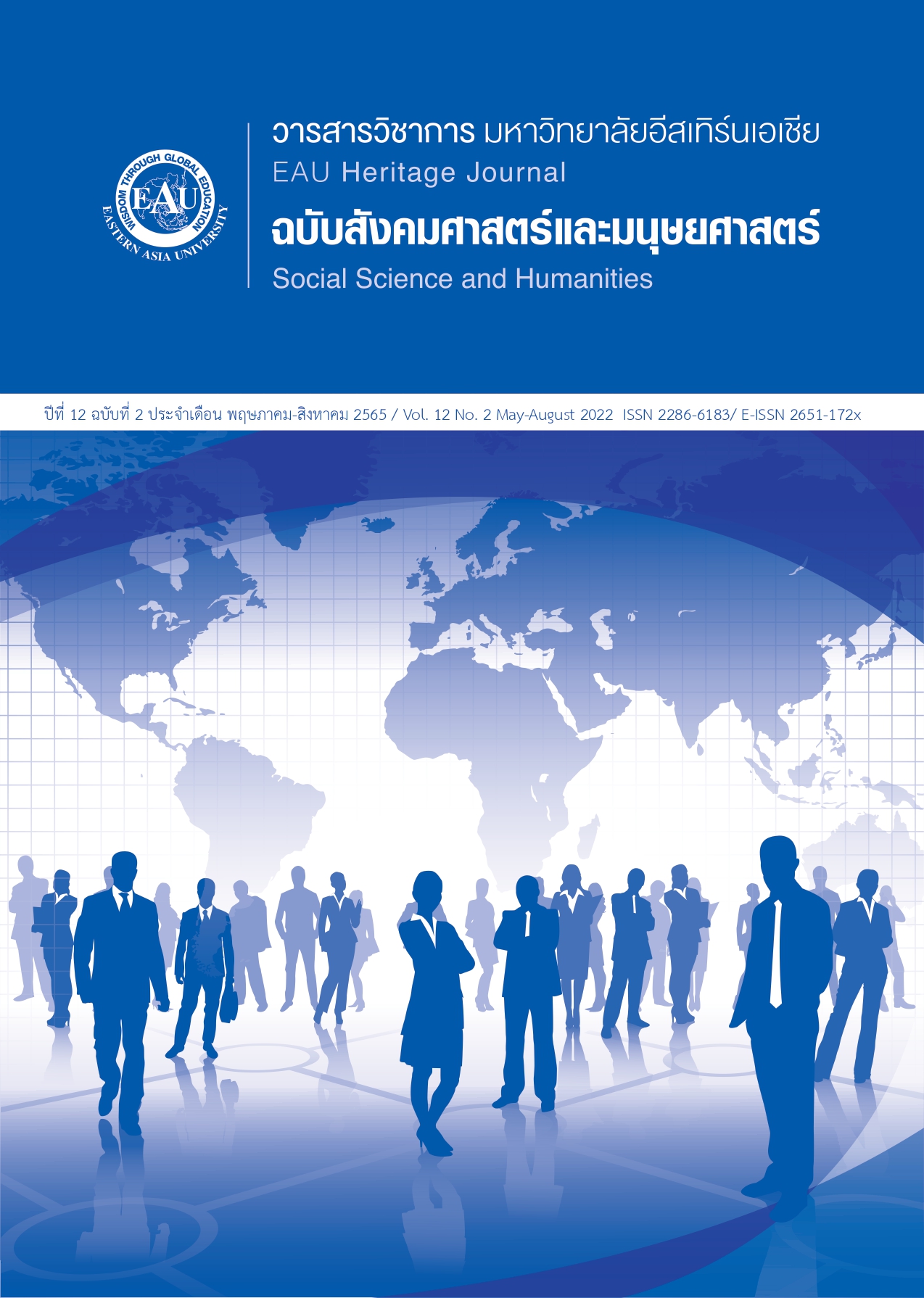Effects of Blended learning on learning outcomes and course satisfaction Adult and Elderly Nursing Practicum 1 in Bachelor of Nursing Student at Boromarajonani College of Nursing, Chakriraj
Keywords:
blended learning, learning outcomes and learning satisfactionAbstract
This study was a one group quasi - experiment research. Which aim to study the effect of blended learning on learning outcomes and learning satisfaction of course satisfaction Adult and Elderly Nursing Practicum 1 in Bachelor of Nursing Student at Boromarajonani College of Nursing, Chakriraj, Academic Year 2022, consisted of 92 people. Data were collected using (1) pre- and posttest the Kuder Richardson precision (KR-20) is 0.73 (2) Nursing Practice Assessment Form Using Patient Situation precision Between the evaluators (inter-rater reliability the reliability is between 0.60-0.97 (3) the assessment form, the case study and the presentation have precision between the evaluators (inter-rater reliability) the reliability is between 0.81-0.95 (4) The satisfaction assessment form in teaching management in nursing practice Cronbah's alpha reliability coefficient was 0.95. Data were analyzed by descriptive statistics, Pair t-test statistics, and relative gain score, which detail The results below. (1) The 3rd year Bachelor of Nursing students had higher mean test after applying blended learning than previous test significantly with 0.01 score. (2) The 3rd year Bachelor of Nursing students had an average score increase of 27.05 percent. (3) The satisfaction level of the 3rd year Bachelor of Nursing students was at a good level.
References
References
Atchison, C. J., Bowman, L., Vrinten, C., Redd, R., Pristera, P., Eaton, J. W., & Ward, H. (2020). Perceptions and behavioural responses of the general public during the covid-19 pandemic: A cross-sectional survey of uk adults. London: Imperial College London
Bashirian, S., Jenabi, E., Khazaei, S., Barati, M., Karimi-Shahanjarini, A., Zareian, S., Moeini, B. (2020). Factors associated with preventive behaviours of covid-19 among hospital staff in iran in 2020: An application of the protection motivation theory. Journal of Hospital Infection, 105(3), 430-433.
Bundasak T., SoSome B., Chaowiang K., Jungasem N., Thiankumsri K. &Sittisongkram S. (2017). Being learners in 21st century: teacher and nursing students' perspectives. Journal of MCU Peace Studies, 4(2): 175-189. (in thai).
Eryilmaz M. (2015). The Effectiveness of blended learning enverionment. Contemporary issue in Education Research, 8(4):251-256.
Inkaew C., Napapongs W. (2017).Effects of blended learning in photographic technology for educational communication for undergraduate students, Faculty of Education, Prince of Songkla University. Academic Services Journal, Prince of Songkla University, 27: 29-3.(in thai)
Mafyan F., Nouhi E., Abbaszadeh A. (2014). Effect of blended electronic education on learning and self-efficiency in nursing student in the cardiovascular intensive care courses. Journal of Nursing Education, 3(3):49-57.
Office of the Education Council. (2017). Thailand educational plan B. E. 2017-2037. Bangkok:
Prikwarn grahhic co ltd. [in Thai]
Pradubwate, R. ( 2017). Technology Learning Management Guidelines by using Bloom's taxonomy. Veridian E-Journal Silpakorn University. 10(3):1051-1065.
Pholsen N. (2013). The development of integrated lessons for social studies and cultural learning subject groups.Ayutthaya history For students in Mathayom 2 at Ban Nong Masang School. Master of Education Educational Technology Department, Silpakorn University.
Saenboonsong S, Saelee S. (2017).The effects of a blended learning using project based learning process to enhance creative products and teamwork skills of education students majoring in computer education. Journal of Graduate Studies Valaya Alongkorn Rajabhat University ,11(3):195-207. (in Thai)
Singsungnoen K., Jeerangsuwan N. (2015). Learning Management with Active Learning for Problem Solving. creatively Learning management with Active Learning for creative problem solving. Journal of Guru Education Udon Thani Rajabhat University,1(1):43-35. (in Thai)
Sucaromana U. (2013). The effects of blended learning on the intrinsic motivation of thai EFL student. Canadian Center of Science and Education, 6(5), 141-147.
Tongpitak N., Piromyitpong S.(2017). The development of flexible learning model for Rajabhat Undergraduate students in Lower Northeastern Region. Veridian E-Journal, Silpakom University, 9(3) :527-542. (in thai)
Winichai N. (2021). Effect of leaning Management toward Using Program Simulation Instructional Media for Injection on Satisfaction of 2nd year nursing students. Jounal of Nursing and Health Science, 15(3):115-126.
Yimyam S, Charuwatcharapaniskul U, Chareonsanti J, Indarangkura Na Ayutthaya A, Xuto P, et al. (2015).Developing on blended learning for developing the 21* century learningskills. Nursing Journal; 42:129-140. (in thai).





